PPT-CS4102 Algorithms Fall 2021 – Horton and
Author : morton | Published Date : 2022-02-24
Floryan These are Hortons version of the slides used in his lecture Network Flow FordFulkerson 1 In your textbook CLRS 261 and 262 Includes simple solutions to the
Presentation Embed Code
Download Presentation
Download Presentation The PPT/PDF document "CS4102 Algorithms Fall 2021 – Horton ..." is the property of its rightful owner. Permission is granted to download and print the materials on this website for personal, non-commercial use only, and to display it on your personal computer provided you do not modify the materials and that you retain all copyright notices contained in the materials. By downloading content from our website, you accept the terms of this agreement.
CS4102 Algorithms Fall 2021 – Horton and: Transcript
Download Rules Of Document
"CS4102 Algorithms Fall 2021 – Horton and"The content belongs to its owner. You may download and print it for personal use, without modification, and keep all copyright notices. By downloading, you agree to these terms.
Related Documents

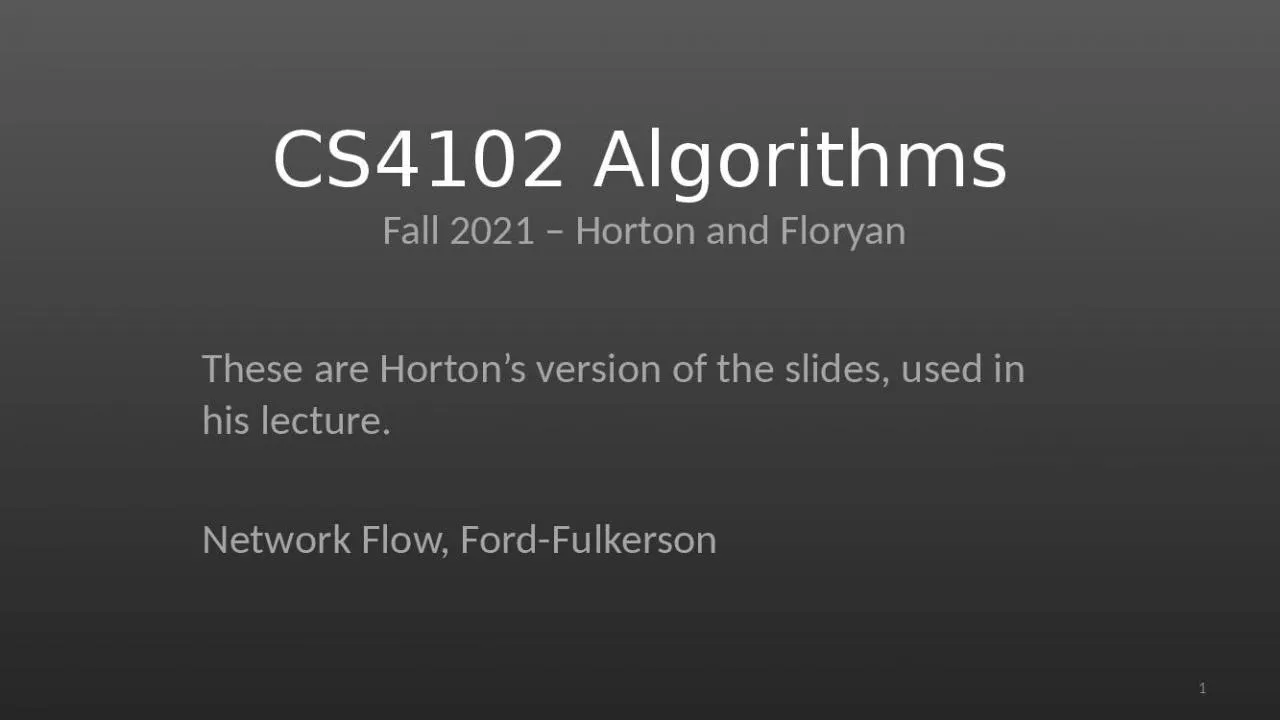


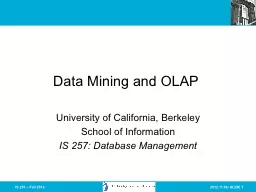
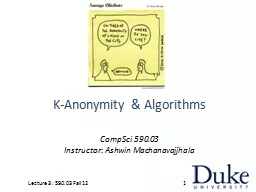
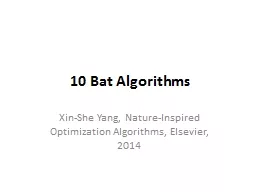

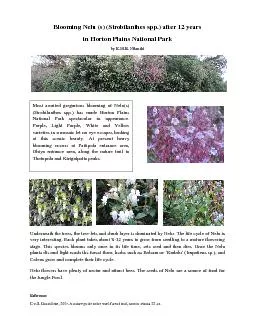



![[READ]-Easy Learning Data Structures & Algorithms ES6+Javascript Classic data structures](https://thumbs.docslides.com/970589/read-easy-learning-data-structures-algorithms-es6-javascript-classic-data-structures-and-algorithms-in-es6-javascript-easy-learning-javascript-and-design-and-data-structures-and-algorithms-book-3.jpg)
![[READING BOOK]-Algorithms JavaScript Explains Algorithms with Beautiful Pictures Learn](https://thumbs.docslides.com/970728/reading-book-algorithms-javascript-explains-algorithms-with-beautiful-pictures-learn-it-easy-better-and-well-easy-learning-java-and-design-patterns-and-data-structures-and-algorithms-book-9.jpg)
